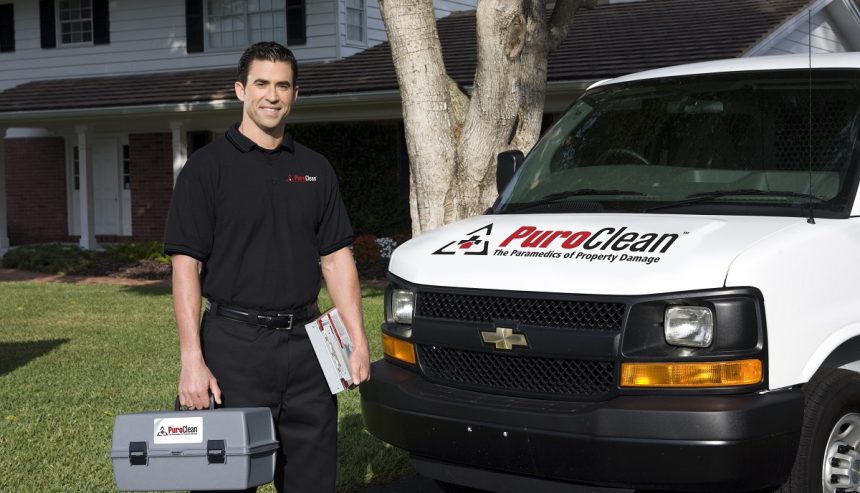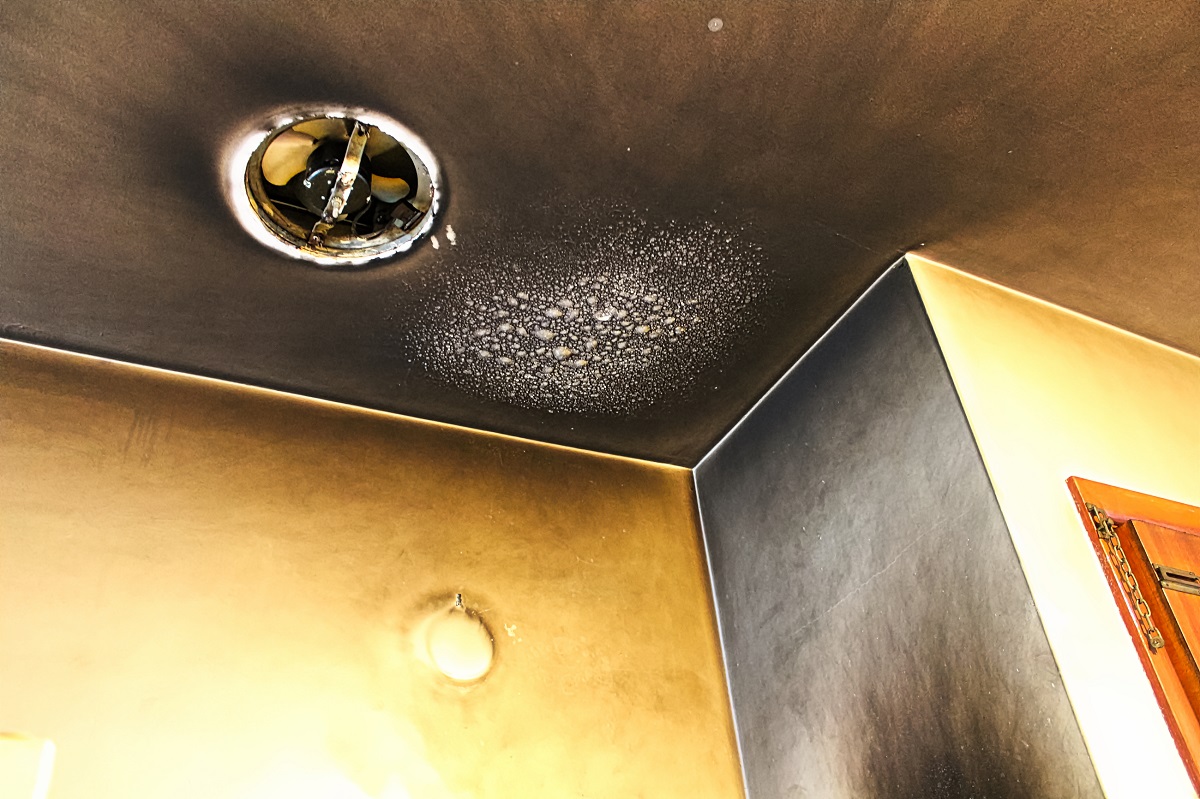If you’re dealing with a flooded basement or the aftermath of a kitchen fire, a restoration company is your go-to expert for getting things back to normal. Essentially, these pros specialize in assessing damage from disasters like water, fire, storms, or mold, then cleaning up, repairing, and restoring your property to its pre-loss condition. They prevent further issues, work with insurance, and often respond 24/7. In short, they turn chaos into calm—saving you time, money, and headaches.
Table of Contents
What Does a Restoration Company Do?
Picture this: It’s the middle of the night, and a burst pipe has turned your living room into a shallow pool. Who do you call? Not just any plumber—a restoration company. These specialists are like the superheroes of property damage restoration, swooping in to handle everything from minor leaks to major catastrophes.
A restoration company focuses on bringing damaged homes and businesses back to life. Unlike general contractors who build from scratch, these experts deal specifically with disaster recovery. They use advanced tools and techniques to mitigate damage, clean up messes, and rebuild what’s broken. According to recent stats, natural disasters caused over $83 billion in economic losses in just the first quarter of 2025 alone, highlighting why professional help is crucial.
I’ve seen friends go through this— one had a roof cave in during a hurricane, and without a restoration company, the mold would’ve taken over. It’s not just about fixing walls; it’s about restoring peace of mind.
The Role of a Restoration Company
At its core, a restoration company acts as a first responder for property woes. They’re trained to handle emergencies that regular handymen can’t, like extracting water before it warps your floors or removing soot that lingers after a fire.
These companies often hold certifications from organizations like the Institute of Inspection, Cleaning and Restoration Certification (IICRC), ensuring they follow best practices. They differ from mitigation firms, which focus solely on stopping damage from worsening— a restoration company goes further by repairing and rebuilding.
In the U.S., where billion-dollar weather disasters have hit 403 times since 1980, restoration companies are busier than ever. They’re equipped for everything from hurricanes (which racked up $8.5 billion in property damage in 2021) to everyday mishaps like appliance failures.
Key Services Provided by a Restoration Company
A restoration company offers a buffet of services tailored to different disasters. Here are seven powerful ways they save your property:
- Water Damage Restoration: This is their bread and butter. They pump out water, dry structures with industrial fans, and dehumidify to prevent mold. Fun fact: Untreated water damage can lead to mold in as little as 24-48 hours, per EPA guidelines (check out their mold resources here: EPA Mold Guidelines).
- Fire and Smoke Damage Restoration: Beyond putting out flames, they clean soot, remove odors, and salvage belongings. Fires caused a 28% jump in property damage in 2023 compared to the prior yearnfpa.org—these pros use specialized cleaners to make your space habitable again.
- Mold Remediation: Mold isn’t just ugly; it’s a health hazard. A restoration company tests, removes, and prevents regrowth, following strict protocols to keep your family safe.
- Storm Damage Repair: From wind-torn roofs to flooded basements, they board up windows, tarp over holes, and rebuild. With over 33 million U.S. homes at hurricane risk in 2025, this service is a lifesaver.
- Biohazard Cleanup: Think sewage backups or crime scenes—they handle hazardous materials with protective gear and disinfectants for safe restoration.
- Contents Restoration: Not just the building; they clean and restore furniture, clothes, and heirlooms using ultrasonic machines or freeze-drying for documents.
- Odor Removal and Structural Repairs: They eliminate stubborn smells and reinforce weakened structures, ensuring long-term stability.
These services aren’t one-size-fits-all; a good restoration company customizes based on your needs.
The Restoration Process: Step by Step
Ever wonder how a restoration company turns disaster into done? It’s a methodical dance.
First, they assess the damage on-site, documenting everything with photos for insurance claims. Then, emergency mitigation kicks in—boarding up, water extraction, or tarping to stop further harm.
Next comes cleanup: Removing debris, drying, and sanitizing. For fire damage, this includes soot scrubbing; for water, it’s mold checks.
Repair and reconstruction follow—patching walls, replacing flooring, and painting. Finally, a walkthrough ensures you’re thrilled.
The whole process can take days to weeks, but pros like those in a restoration company minimize downtime.
Pro tip: Always document damage yourself too, as FEMA advises in their recovery tips .
When to Call a Restoration Company
Don’t wait until the problem escalates. Call a restoration company (305) 894-4343 if you spot standing water, smoke stains, musty odors, or storm debris. Even small leaks can balloon into big bills—water damage claims average $10,000, per industry data.
They’re ideal for emergencies, but also preventive work like mold inspections. If insurance is involved, contact them early; many restoration companies coordinate directly with adjusters.
I remember a neighbor who ignored a minor roof leak after a storm—ended up with $20,000 in repairs. Lesson learned: Act fast.
Benefits of Hiring a Professional Restoration Company
Why not DIY? Because a restoration company brings expertise that saves you from costly mistakes. They have the gear—like moisture meters and HEPA vacuums—you don’t.
Benefits include faster recovery (reducing business losses or family stress), health protection (no DIY mold exposure), and cost savings (preventing secondary damage). Plus, their work often comes warranted.
In 2025, with disaster losses projected to hit $300 billion, hiring pros isn’t a luxury—it’s smart.
FAQs About Restoration Companies
What exactly does a restoration company do?
They restore properties damaged by water, fire, mold, or storms through assessment, cleanup, and repairs.
How much does a restoration company cost?
It varies—water jobs might run $2,000-$10,000, but insurance often covers it. Get quotes upfront.
Do restoration companies work with insurance?
Yes, most do, handling claims to make reimbursement easier.
How long does the restoration process take?
From a few days for minor issues to months for major rebuilds, depending on damage extent.
Can a restoration company handle commercial properties?
Absolutely—they scale services for businesses, minimizing operational disruptions.
What’s the difference between restoration and remodeling?
Restoration returns to original state; remodeling changes design.
Are restoration companies available 24/7?
Top ones are, for true emergencies.
Why Choose PuroClean of Coral Gables for Your Property Damage Restoration Needs
If you’re in South Florida, where hurricanes and humidity amp up risks, PuroClean of Coral Gables stands out as a trusted restoration company. With certified technicians and state-of-the-art equipment, they offer comprehensive property damage restoration services including water extraction, fire cleanup, mold remediation, and biohazard handling.
What sets them apart? Rapid response times (often within hours), compassionate service, and a commitment to restoring your home or business with minimal disruption. They’ve helped countless locals recover from storms like those in 2025’s active season. Don’t gamble with amateurs, call PuroClean of Coral Gables at (305) 894-4343 or visit PuroClean Coral Gables for a consultation. Your property deserves the best.
The Essence of a Restoration Company
To recap, a restoration company is your lifeline after property damage, expertly managing water damage restoration, fire recovery, mold issues, and more to get you back on track. They assess, mitigate, clean, and rebuild often saving you from worse headaches down the line.
If disaster strikes, remember: Quick action with pros like these can make all the difference. Stay safe out there!




